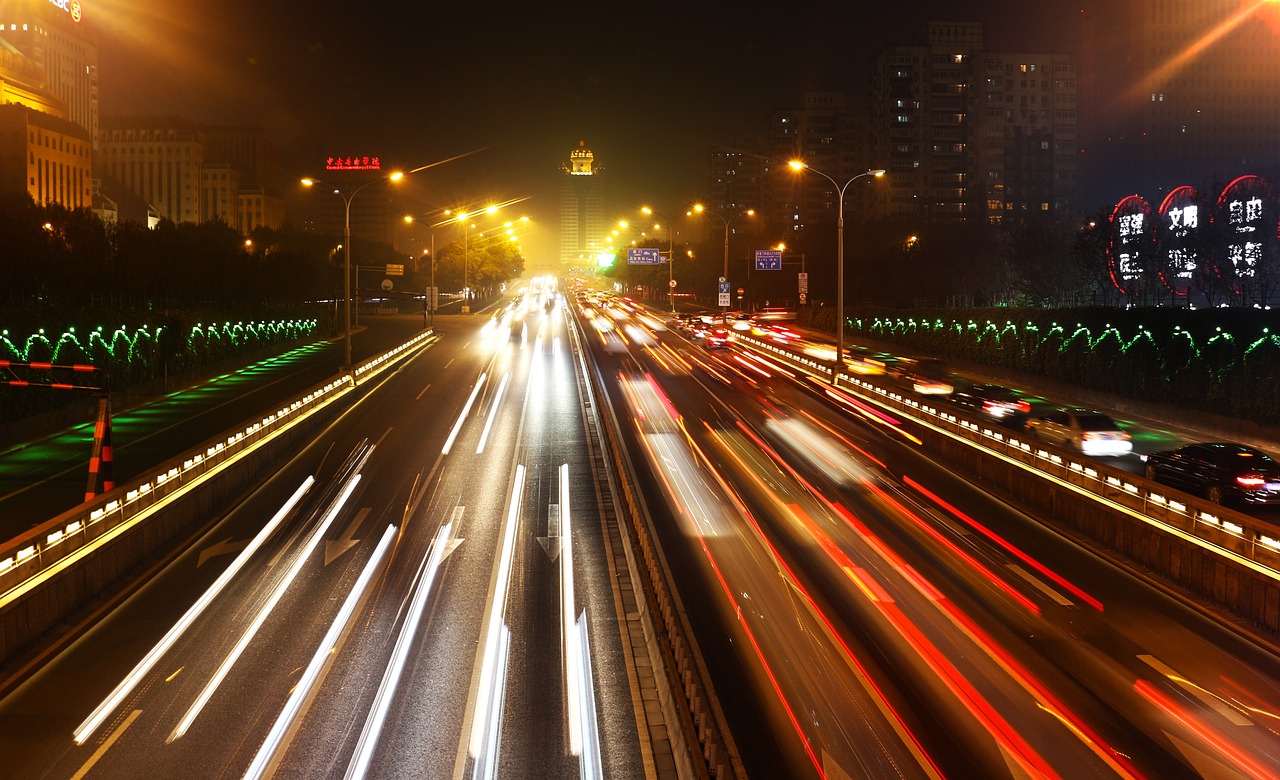TL;DR:
- Researchers propose adding a 4th white traffic light to signal autonomous vehicles (AVs) managing intersection traffic flow
- Human drivers would follow the AV in front when the white light is on, letting AVs coordinate optimal traffic flow
- The “white phase” system requires a critical percentage of AVs that can communicate wirelessly
- Studies show four-color traffic lights could drastically reduce traffic delays and improve efficiency as more AVs are deployed
- While challenging to implement, the concept offers a glimpse into a future of enhanced traffic safety and reduced congestion
Red, yellow, red… white? Imagine cruising through a busy intersection, blissfully unconcerned about the traffic light’s color. No more frantically slamming the brakes as the light turns yellow. Instead, you simply follow the autonomous vehicle (AV) in front of you, trusting it to navigate the intersection efficiently and safely. Sound too futuristic? Well, buckle up, because researchers are proposing a radical new “white phase” concept that could revolutionize how we approach intersections.
The White Light Traffic Light And The Rise Of AV Cars On The Road

A team from North Carolina State University (aka NC State) has interesting idea — adding a fourth white light to traffic signals at street intersections. The white light is a signal to human drivers that the AVs have taken control of the intersection. When the white light is illuminated, it means the autonomous cars are wirelessly communicating with each other and the traffic system to orchestrate the optimal flow of vehicles.
So what are us simple humans supposed to do? Simply follow the AV in front of you. That’s it. No more sweaty palms or racing heart as you approach a yellow light. Just let the robots do their thing while you trust the machines… (gulp).
How Intersections With Four-Color Traffic Lights Would Work

Now, you might be thinking, “But won’t that just cause a massive traffic pileup?” Fair concern, but here’s where the real genius comes in. The white phase only kicks in when a certain percentage of vehicles at the intersection are autonomous and can communicate with each other.
These AVs essentially form a hive mind, constantly sharing data and adjusting their speeds and trajectories to maximize traffic flow. As more AVs join the roads, the system becomes even more efficient, with the researchers’ models showing potential delay reductions of 40-99% at intersections.
Granting some of the traffic flow control to the AVs is a relatively new idea, called the “mobile control paradigm,” says Associate Professor in the Department of Civil, Construction, and Environmental Engineering at NC State University, Ali Hajbabaie. “It can be used to coordinate traffic in any scenario involving AVs. But we think it is important to incorporate the white light concept at intersections because it tells human drivers what’s going on, so that they know what they are supposed to do as they approach the intersection.
White Traffic Lights Could Reduce Traffic And Make Our Roads Safer
Implementing something as radically different as a white traffic light won’t be easy. According to Perplexity, there are over 300,000 traffic lights in the United States. Beyond just the logistics of upgrading traffic light infrastructure, we would also need to achieve a critical mass of AVs on the roads and re-educate drivers on what four-color traffic lights mean.
But the potential benefits are mind-boggling. Imagine a world with drastically reduced traffic delays, improved fuel efficiency, and—most importantly—enhanced safety for all road users. After all, autonomous vehicles don’t get distracted, drive drunk, fall asleep at the wheel, experience road rage, or make boneheaded decisions (well, at least not yet).
Of course, there are still plenty of kinks to iron out, like ensuring robust communication between vehicles and fail-safes in case things go awry. But hey, that’s what pilot programs are for! The researchers suggest starting with controlled environments like ports, where commercial AVs are more prevalent.
Will The Road Ahead Have Four-Color Traffic Lights?
So, are you ready to embrace the white phase? It might take some getting used to, but just think about all the time you’ll save not being stuck at red traffic lights. And who knows, maybe one day we’ll look back and laugh at the idea of human drivers navigating busy intersections on their own.
Potential Challenges for Four-Color Traffic Lights:
- Convincing human drivers to trust following AVs through intersections
- Cost of upgrading traffic light infrastructure
- Achieving a critical mass of AVs for the system to work effectively
- Ensuring robust wireless communication between AVs, traffic lights, etc.
- Addressing potential failure modes or system vulnerabilities
For now, keep an eye out for those friendly autonomous cars leading the charge. And if you see a white light up ahead, don’t panic—just be an obedient human and trust the self-driving cars and their hive communication… if you can.
Are You Ready for Four-Color Traffic Lights? Future Intersections May Include a “White Phase” Light For AVs Share on XI’m a dog owner that loves poetry, vampires, mountain biking, and cosplay. I’m open to ideas and still trying to figure my SFO life out one blog post at a time. LF ISO SWF GSOH SI DDF.












 A Mom’s Sacrifice: Incredible Photo Of A Mom And Her Son
A Mom’s Sacrifice: Incredible Photo Of A Mom And Her Son
Leave a Reply
You must be logged in to post a comment.